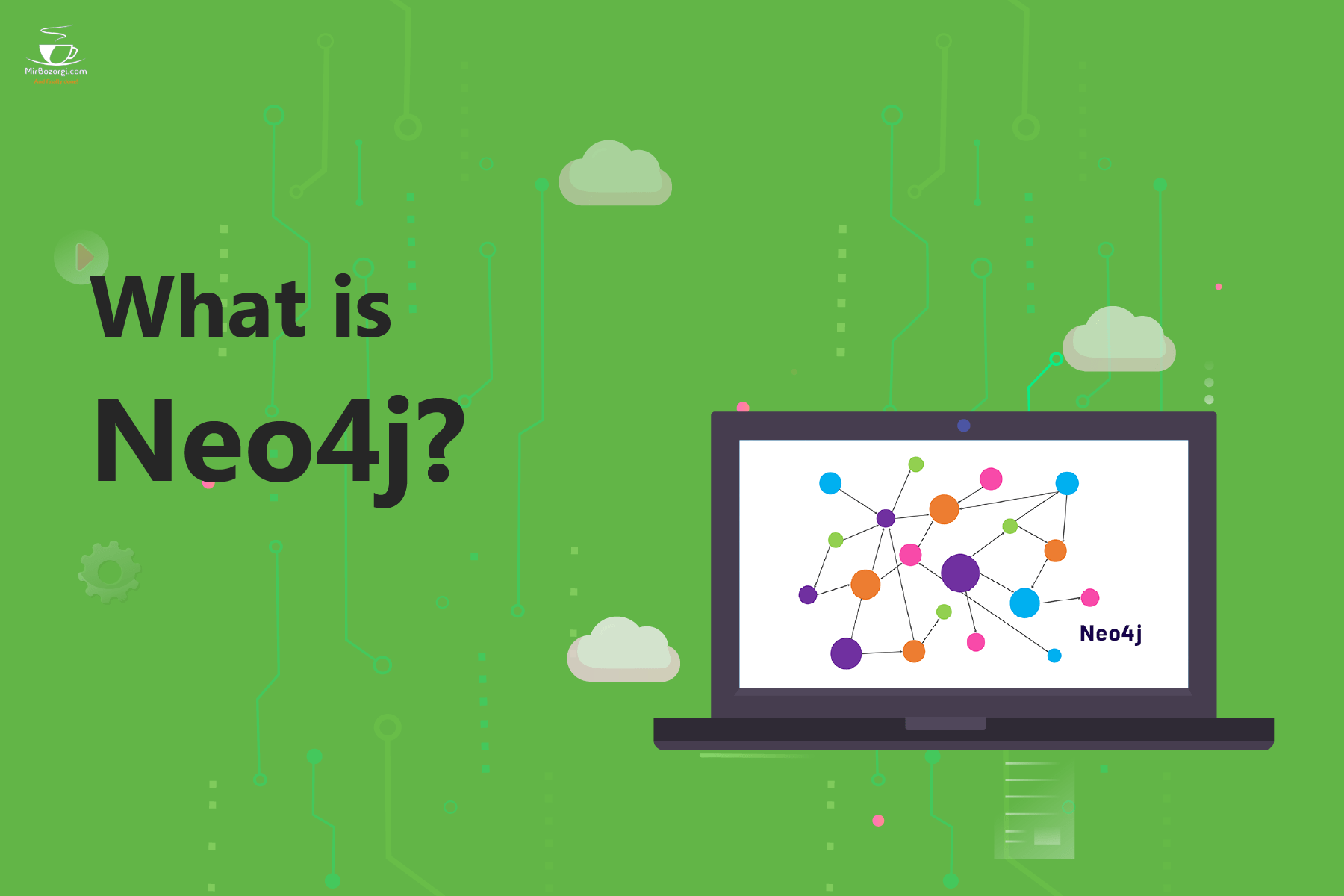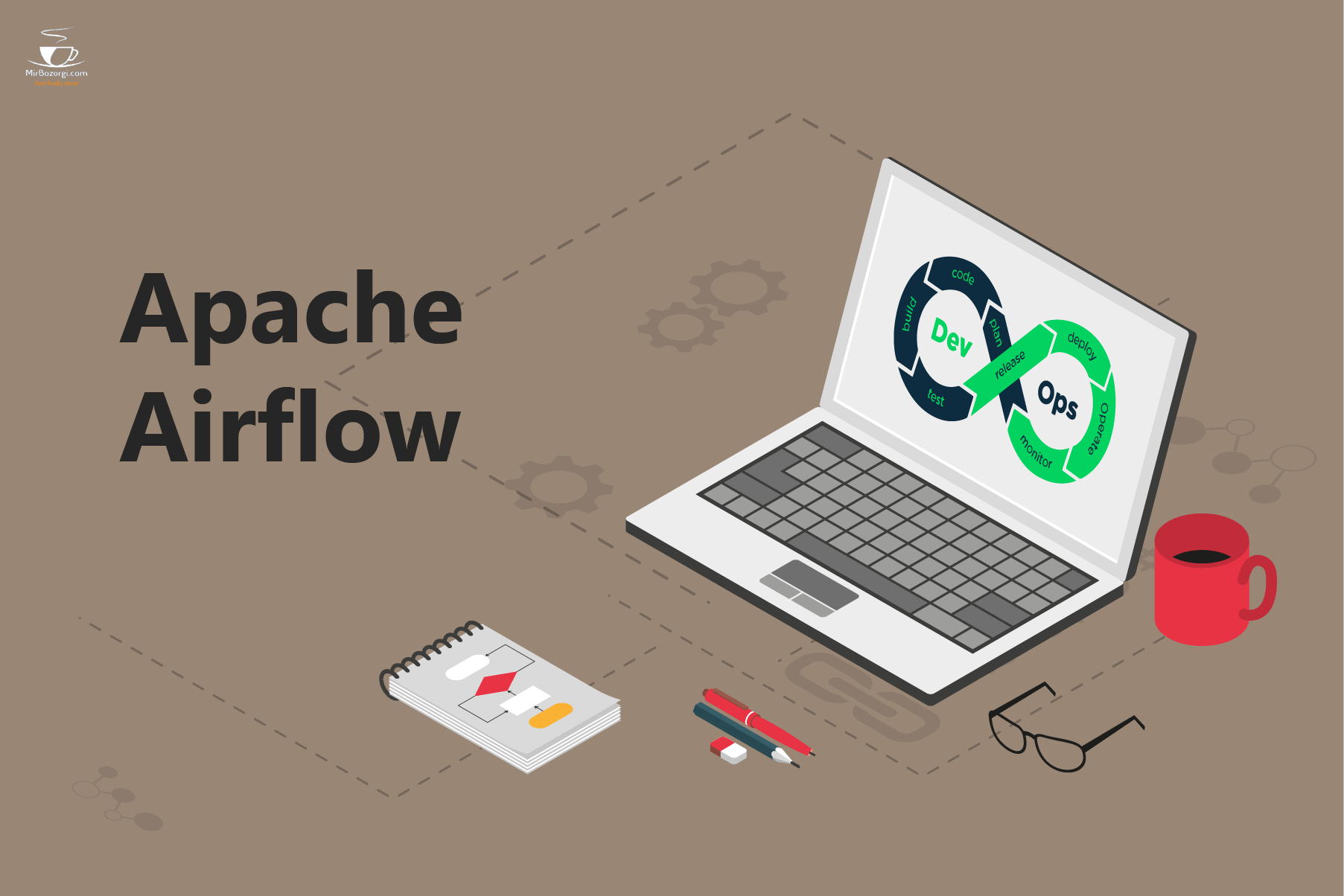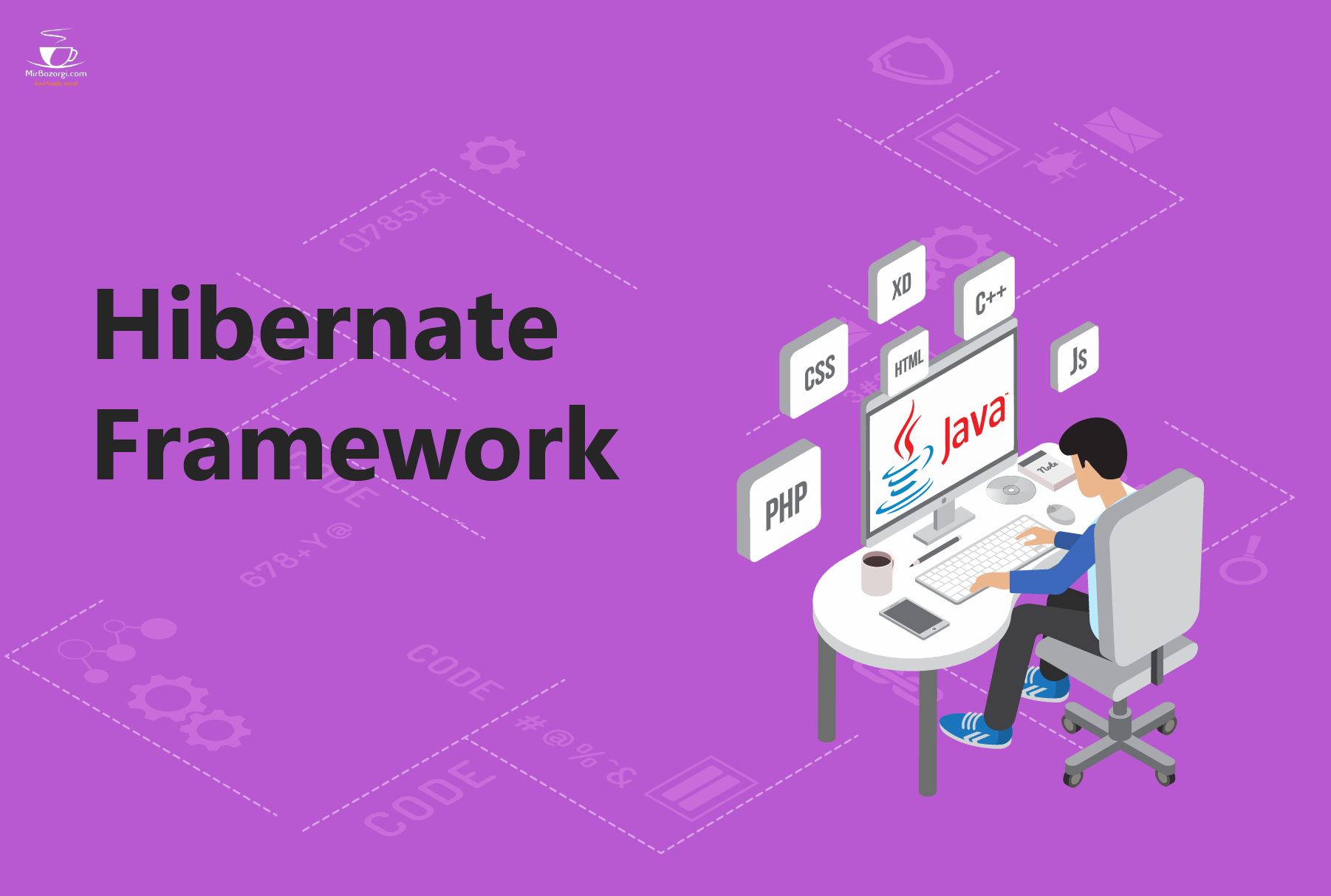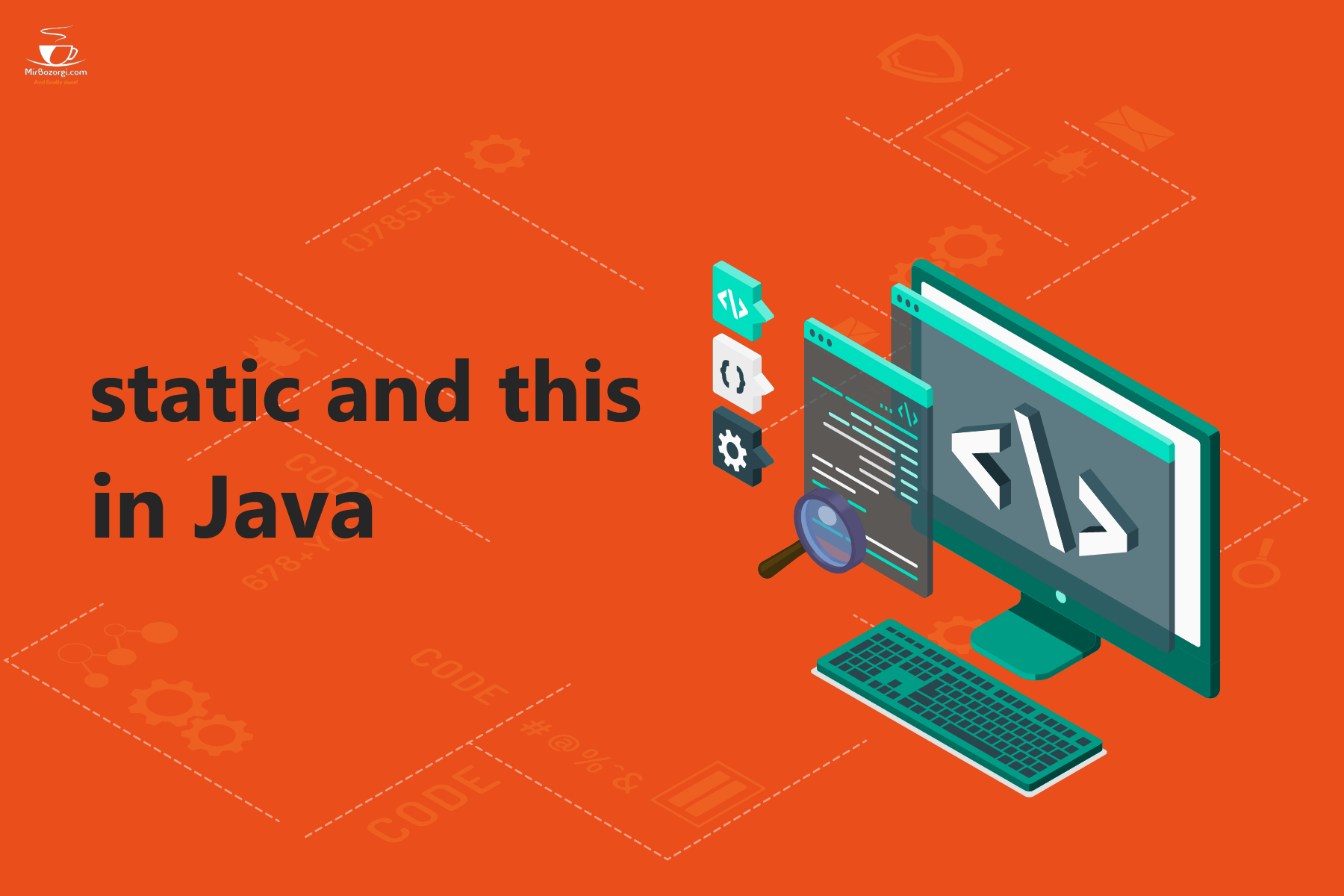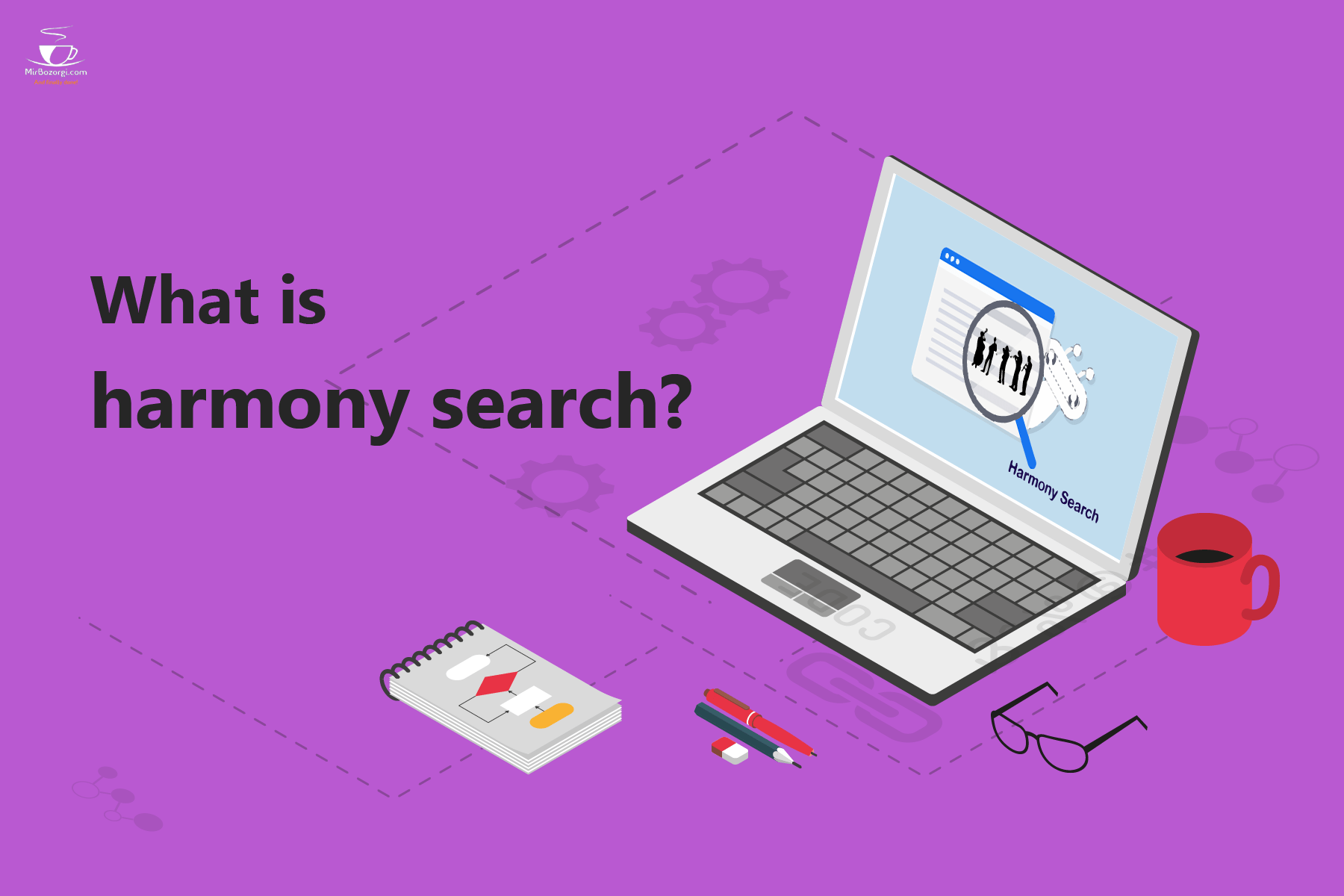What you read in this article:
Introduction and review of Neo4j
Java technology was used to develop the world’s most popular open-source Graph Database, Neo4j. It’s very scalable, and there’s no schema to deal with (NoSQL).
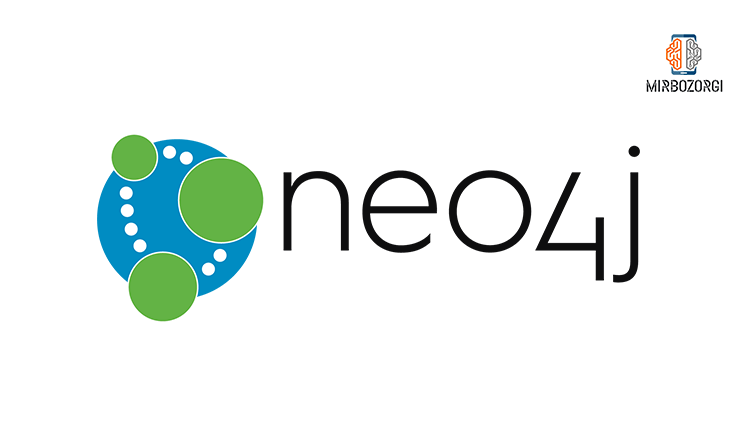
1- What is the Graph database?
An object set is represented as a graph, a visual representation in which some objects are linked together. It has two parts: nodes (also known as vertices) and relationships between them (edges).
A graph database is one that models data as a network. Entities are represented by a graph’s nodes, while relationships show how these nodes are connected.
2- Popular databases of Graph type
Neo4j is a well-known Graph database. Oracle NoSQL Database, Orient DB, HypherGraphDB, GraphBase, InfiniteGraph and AllegroGraph are among other examples of this type of database.
3- Why use Graph databases?

Neo4j, a well-known Graph Database, is used by many organizations. InfiniteGraph and AllegroGraph are examples of graph databases other than the Oracle NoSQL Database.
In today’s world, most data is stored as relationships between various objects, and these relationships are often more valuable than the individual pieces of data themselves.
Although relational databases can be used to store structured data, they do not store the relationships between the data. This makes them ideal for storing structured data.
In contrast to other types of databases, graph databases treat relationships and connections as fully-fledged, independent objects.
Graph databases have a simpler data model than other databases, and they are compatible with OLTP systems. Transactional integrity and operational availability are just two of the many features they offer.
4- Difference between RDBMS and Graph Database
The following table illustrates the differences between relational and graph databases.
| Sr.No | RDBMS | Graph Database |
|---|---|---|
| 1 | Tables | Graphs |
| 2 | Rows | Nodes |
| 3 | Columns and Data | Properties and its values |
| 4 | Constraints | Relationships |
| 5 | Joins | Traversal |
Neo4j has several advantages
Neo4j has the following advantages.
Adaptable data mode
Neo4j has an adaptable data model that can be easily changed to suit the needs of different applications and industries.
Real-time insights
Neo4j’s real-time insights are based on live data.
High availability
Neo4j‘s transactional guarantees make it ideal for large enterprise real-time applications.
Connected and semi-structured data
Representation of interconnected and semi-structured data with Neo4j is easy.
Easy retrieval
Neo4j makes it easier than other databases to not only represent but also easily retrieve (traverse/navigate) connected data
Cypher query language
Declarative query language with Ascii-art syntax for Neo4j’s cypher graph representation. Because the commands are in a human-readable format, learning this language is a breeze.
No joins
Neo4j does not need any complex joins to bring back connected or related data as it is very simple to bring back its adjacent node or details of relationship without joins or any indexes. Neo4j utilizes a relational database.
Neo4j’s features
Neo4j has the following notable features:
Data model (flexible schema)
It uses Neo4j’s native property graph model as its data model (flexible schema). The graph in this example has nodes (entities) linked to one another (depicted by relationships). Properties are key-value pairs used by nodes and relationships to store data.
There’s no need to adhere to a rigid schema when using Neo4j. You have the option of adding or removing properties based on your needs. Schema constraints are also provided by this tool.
ACID properties
Properties for Atomicity, Consistency, Isolation, and Durability (ACID): Neo4j fully supports ACID rules.
Scalability and reliability
It is possible to increase the database’s reads/writes and volume without affecting query processing speed or data integrity: scalability and reliability. Data safety and reliability can be ensured with Neo4j‘s replication capabilities.
Cypher Query Language
Declarative Query Language, Cypher Neo4j offers a powerful declarative query language, Cypher. Graphics are displayed using ASCII-art rather than vector graphics. In contrast to complex queries such as Joins, Cypher is simple to learn and can create and retrieve relationships between data.
Built-in web application
Neo4j has a built-in web application called the Neo4j Browser, which can be accessed through the Neo4j platform. Create and query graph data with this.
Neo4j is compatible with:
- REST API for Java, Spring, Scala, and other programming languages.
- Javascript can be used with UI MVC frameworks like Node JS because of its compatibility with Javascript.
- It allows the development of Java applications using either the Cypher API or the Native Java API. You can also utilize other databases, such as MongoDB, Cassandra, etc., in addition to these.
Indexing
Neo4j makes use of Apache Lucene to support indexes.
And in the end,
Mirbazorgi’s website aims to help you learn and fix your problems by providing articles and practical experiences. Email me if you have any questions.

